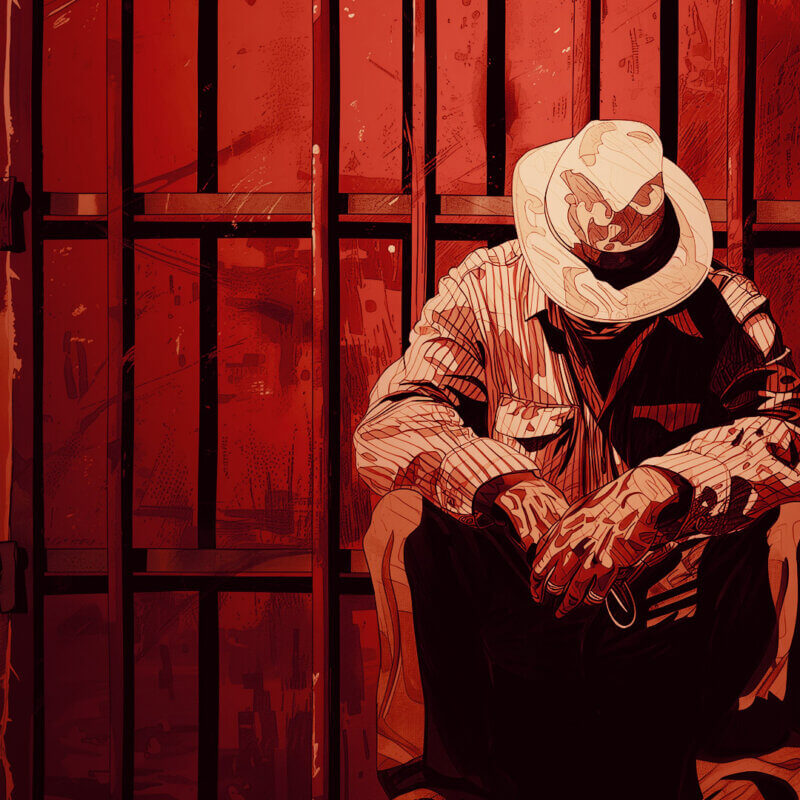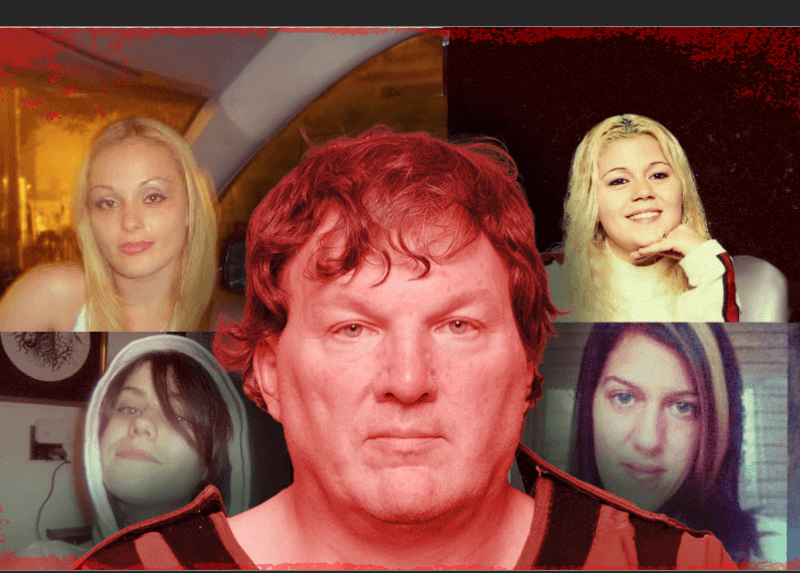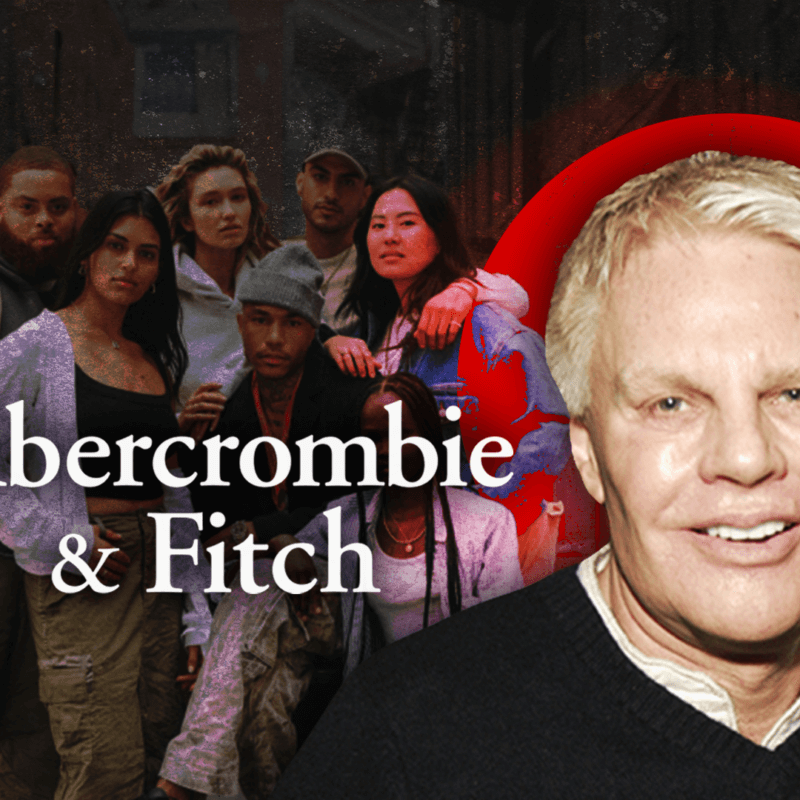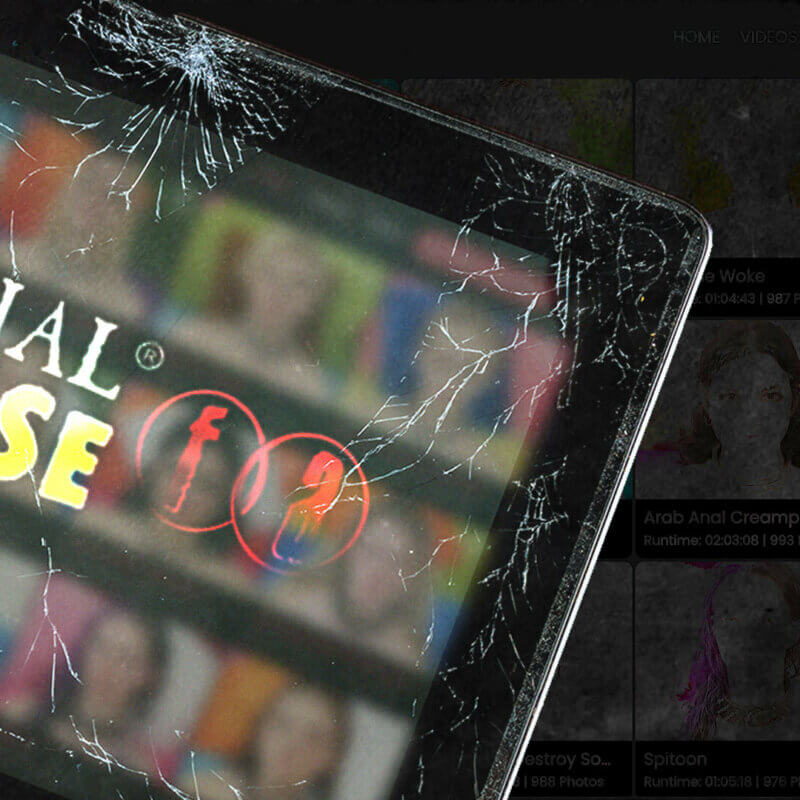In the last few years, the argument to decriminalize prostitution (referred to as “sex work” by advocates for this model) has been gaining traction in mainstream culture. This legislative approach removes all penalties for selling sex, buying sex, brothel-keeping and pimping. The key argument for this approach is that it’s safer for “sex workers” and enables them to keep earning money. However, countries that have adopted this model see increases in sex trafficking and exploitation, effectively throwing the safety of these women out the window.
Some self-proclaimed “sex workers” are pushing for this free-for-all type of legislation, but they do not represent the interests of prostituted people worldwide. Research has shown that most people in prostitution want to escape it. In addition, some of the loudest voices pushing this narrative aren’t actually in prostitution themselves. Some are pimps (i.e traffickers), some are webcam models, or work in a realm of the sex industry that doesn’t involve daily, repeated physical/sexual contact with strangers.
Prostitution laws can make a significant difference in reducing sex trafficking and sexual exploitation globally. These laws have a direct impact on the lives of millions of women who are being exploited for sex across the globe. That’s why it is absolutely crucial that we get it right.
In this article, we break down the four main legislative approaches to prostitution and share what is statistically proven to be the one approach that truly places the safety of women and children at the forefront, while uprooting exploitation and sex trafficking.
Prostitution Laws
Legalization: Those being sold for sex are limited to working as “independent contractors” and can legally operate within certain regulations, as well as buyers. The law intends for both buyers and those being sold to only do so in regulated brothels; however, it rarely achieves this. This is the law that is active in parts of Nevada and brothels always take huge cuts from the girls being sold. This legal approach fuels trafficking and sexual exploitation.
Decriminalization: All penalties for the buying and selling of sex are removed. This includes eliminating penalties for those who are being sold for sex, pimps (i.e. traffickers), brothel owners, and buyers. All forms of prostitution are legal and regulations are removed. This makes way for a flood of sex trafficking because the demand for buying sex increases. Traffickers are simply turned into “legal” pimps, which makes it very difficult to prosecute them.
RELATED: How to End Sex Trafficking
Illegal: All forms of prostitution are made fully illegal. This includes those being sold for sex, pimps, brothel owners, and buyers. This often means the ones being exploited and sold for sex are arrested, leaving them open to further exploitation because they have a criminal record. This is the model in the majority of US states, however under many jurisdictions victims of prostitution are arrested at a significantly higher percentage than sex buyers (see an example from Massachusetts here).
Partial Decriminalization (The Abolitionist/Equality/Nordic Model): Sex buying, pimping, and brothel-owning are criminalized at a felony-level, while those who are being sold for sex are decriminalized and offered social services instead of jail time.
Exodus Cry boldly advocates for the Abolitionist Model (also called the Nordic or Equality Model) to be introduced globally because this policy helps prostituted individuals to get the help they need, and spares them from a criminal record, while continuing to hold sex buyers and pimps criminally accountable. The Abolitionist Model is the only model that promotes both freedom from exploitation AND helps to prevent sex trafficking by reducing the demand for commercial sex.
Key Goals of the Abolitionist Model
- Decriminalize those who are being sold for sex so that they won’t be further victimized by the criminal system.
- For those who are being sold for sex, provide them with services that reduce on-ramps into prostitution and increase exit ramps.
- Hold exploiters criminally accountable in order to reduce the demand for illicit sex. This includes sex buyers, pimps, and brothel owners.
- Shrink the size of the sex industry overall so that fewer people will become victims of it.
Countries that have adopted the Abolitionist/Nordic Model have seen tremendous success in reducing sex trafficking and helping women exit the sex trade. In Sweden, street prostitution was cut by 76% from 1999 to 2008 after they passed the Sex Purchase Ban in 1999. Similarly, after banning sex buying in 2009, sex trafficking has been significantly reduced in Norway. Arguments that this ban would increase violence against women have been proven false.
Despite the clear evidence that this model works effectively, some still push false narratives to the general public, claiming that decriminalization is the best legal framework.
Common Myths Surrounding Prostitution, “Sex Work,” and the Law
MYTH: Decriminalizing the buying and selling of sex reduces sex trafficking
When sex buying, brothel keeping, and pimping are made legal or decriminalized, the demand for commercial sex actually increases, causing a rise in sex trafficking, simply because there are not enough people willing to sell their bodies.
This increase in demand for prostitution creates a more dangerous environment for those selling sex because it drives prices down and the need for riskier sex acts up. And since there aren’t enough women prostituting to meet the increased demand, trafficking must increase.
Proving this point, researchers from the London School of Economics did a quantitative empirical analysis of over 150 different countries and their prostitution policies.
Their study found that “The scale effect of legalizing prostitution leads to an expansion of the prostitution market and thus an increase in human trafficking… On average, countries with legalized prostitution experience a larger degree of human trafficking inflows.”
MYTH: Nothing is fundamentally problematic about prostitution itself. There is no intrinsic harm in prostitution; it is just consensual sex for money.
A recent field research study surveyed 854 prostituted women in nine countries. Importantly, in five of these countries, prostitution is legal and regulated. The study concluded that:
- 60–75% of women in prostitution were raped.
- 70–95% were physically assaulted.
- 68% met the criteria for post-traumatic stress disorder in the same range as treatment-seeking combat veterans and victims of state-organized torture.
- 89% told the researchers that they urgently wanted to escape prostitution.
These findings should send a very clear message.
Prostitution is inherently exploitative. It is often violent and dangerous, and prostituted women have a mortality rate that’s 200 times higher than that of the general population.
The sex acts requested or expected in prostitution are most often violent, degrading, and abusive, all under the guise of “kinks.” They can include sex between a buyer and several women; slashing the woman with razor blades; tying women to bedposts and lashing them until they bleed; biting women’s breasts; burning women with cigarettes; cutting her arms, legs and genital areas; urinating and defecating on women; and being slapped, punched, or kicked.
Prostituted people also experience robbery, attempted robbery, beating, being threatened with a weapon, being held against their will, attempted rape, strangulation, being kidnapped, as well as oral, vaginal, and anal rape.
In one comprehensive study, murder accounted for 50 percent of the deaths of women in prostitution.
MYTH: Sex trafficking and prostitution are not the same thing.
In the 2007 “Trafficking in Persons Report,” the US Department of State reported, “Sex trafficking would not exist without the demand for commercial sex flourishing around the world.”
Study after study has demonstrated that a significant portion, if not a majority, of prostituted people enter prostitution underage. According to the US Trafficking Victims Protection Act (TVPA) and the Palermo protocol, any child who is prostituted is automatically a victim of human trafficking. This means that a significant portion of prostituted people, by definition, were in fact victims of sex trafficking when they began.
This begs the question, at what point does a person stop being a victim of trafficking and suddenly turn into an “empowered sex worker”? What happens to the nature of prostitution during the 24 hours between when a child is 17 years old and when she is 18 years old?
RELATED: Is “Sex Work” a Legitimate Job?
Prostitution and related activities—including pimping and patronizing or maintaining brothels—encourage the growth of modern-day slavery by providing a façade behind which sex traffickers operate.
Across cultures, at all levels of economic development, whether street or indoors, when people in prostitution are asked, “What do you need?” the answer of 89 percent of them give is to “leave prostitution.” This screams of prostitution’s exploitative nature.
Myth: If you make prostitution illegal it will go underground.
The argument that criminalizing the purchase of sex will drive it “underground” is not based on any evidence. On the contrary, in Sweden and Norway—where the purchase of sex has been criminalized—the number of men buying sex has declined. Therefore, prostitution on the whole has declined.
RELATED: Should “Sex Work” Be Legal?
“Underground” is another word for “indoor,” “out of sight,” or “below the law.” Because the very nature of prostitution requires that it be visible to the clients who are seeking women for purchase, it is not possible for it to go so far underground that it can no longer be detected. If the men who purchase women are able to find the women, then trained police can surely locate the activity and arrest the johns.
MYTH: Legal/decriminalized prostitution will enable women to have better health and safer working environments.
The only way to truly protect the health of a prostituted woman is to get her out of prostitution.
Arguing that STD testing prevents disease is like arguing that pregnancy tests prevent pregnancy. It is a fundamentally flawed line of reasoning to begin with. The argument to legalize in order to protect health does not take into consideration the mental, emotional, physical or spiritual health of prostituted women.
No matter how many condoms are used or how many “health checks” a woman gets, she cannot be protected from the post-traumatic stress disorder (PTSD) and physiological/emotional trauma that 68 percent of all prostituted women will face.

Those who advocate for legalization and decriminalization are advocating for a model of law that protects the johns (sex buyers) from the prostituted women so they can keep using them without becoming ill. This model would do nothing to protect the women from the buyers who are giving them life-threatening diseases and psychological trauma.
For example, under laws that legalize and try to regulate prostitution, health check cards are often given to women. In theory, the cards can be presented to buyers as proof that the women have been tested and are disease free. Under these same laws, the buyers are never required to have health check cards to present to the women. This is a biased, sexist, and unjust approach.
STD health checks are also just horribly insufficient in detecting or protecting against STDs. Even when the women are tested, the tests are extremely unreliable because many tests take days or weeks before the results are available. During that time, the women see more men who could be infected without any assurance of health or safety.
MYTH: Prostituted women choose to be there and that choice is an expression of their freedom.
“Prostitution is a product of lack of choice, the resort of those with the fewest choices, or none at all.” – Catherine Mackinnon, Professor of Law at the University of Michigan Law School, specializing in sex equality issues under international and domestic law
As mentioned above,studies demonstrate that a significant portion of prostituted persons enter the sex trade underage. Therefore, they enter when they are not capable of such a choice. US and International law recognizes this fact.
RELATED: Is Prostitution a Choice?
Everywhere in the world, the majority of prostituted women are overwhelmingly suffering from poverty. Urgent financial need is the most frequent reason mentioned by prostituted women for being in the sex trade. No one chooses to be poor when given other options.
In countries where prostituted women have been studied in depth, sexual abuse in childhood prior to entry into prostitution is a significant precondition for entry into the sex trade.
The vast majority of people in prostitution are women, demonstrating severe gender inequality. If prostitution were a choice, why aren’t more men exercising that choice?
Disproportionately, women in prostitution are members of socially disadvantaged racial or ethnic groups.
Additionally, a majority of women in prostitution are under the control of a pimp or trafficker. It is estimated that 80 to 90% of prostituted women and girls have been coerced or forced to engage in prostitution by pimps or traffickers. Women with pimps usually have financial quotas to meet and are subjected to many forms of manipulation and abuse designed to keep them under control and generating money.
Pimps assume psychological, biological, social, and economic control over the lives of the women they sell to sex buyers through the use of chronic terror, cunning use of various aspects of captivity, and isolation from others who might offer support and validation. They may also employ starvation, sleep deprivation, protein deprivation, conditioned physiologic hyperarousal, unexpected sexual violence, and learned helplessness.
For a majority of women in prostitution, it is not a choice. And for those that do enter of their own “choice,” 80% become involved with pimps over time, keeping them trapped in the sex industry. To say that prostitution is a choice and an expression of freedom is to completely ignore the exploitation and abuse endured by millions of women every day.
Reducing Demand is the Only Answer
Don’t let the propaganda around prostitution and “sex work” fool you. The only effective way to address sex trafficking and protect the millions of women and children being exploited every day is to reduce demand. The legalization and decriminalization of prostitution only puts gasoline on the fire, enabling pimping to thrive and placing the lives of many more women in danger.
The Abolitionist Model is the only legislative model which is proven to reduce demand and sex trafficking in countries where it has been enacted.
To hear directly from women who survived prostitution and trafficking, and who are now rebuilding their lives, check out our award-winning documentary Nefarious: Merchant of Souls, free on YouTube.






